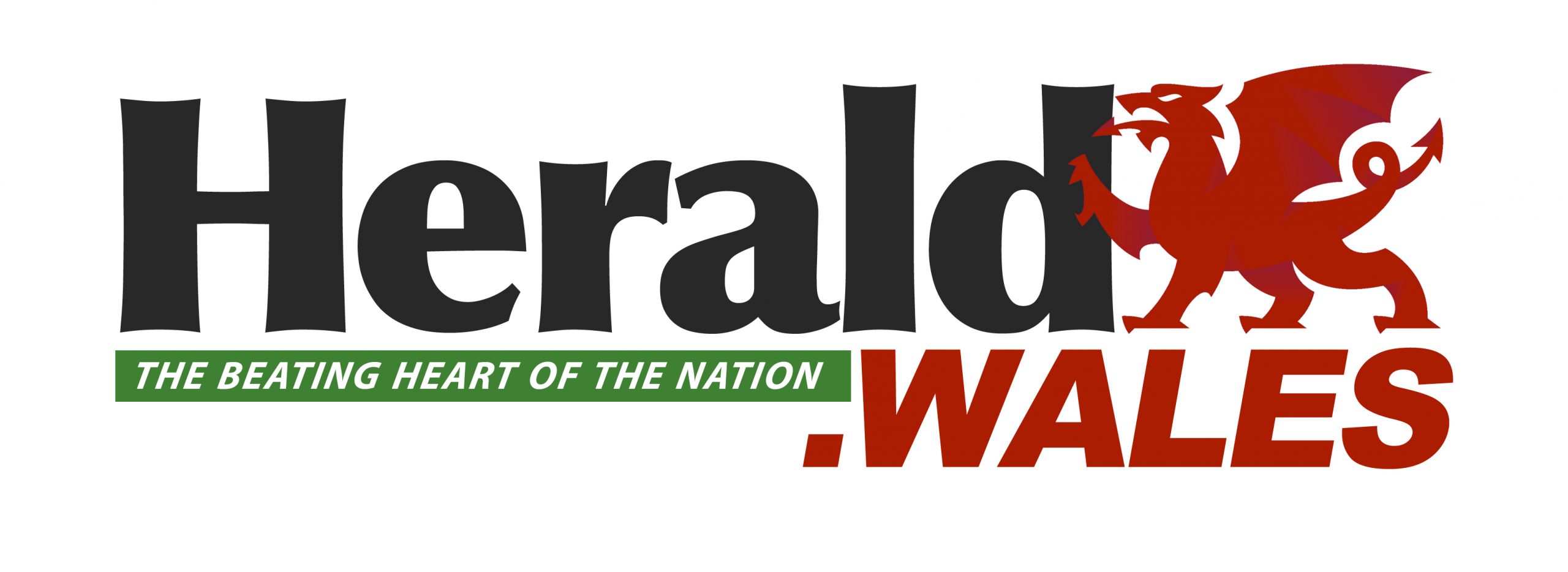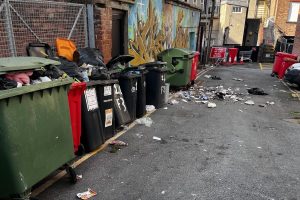THE RIVER Teifi is the fifth most sewage-polluted river in the UK, according to figures from campaign group surfers Against Sewage.
The Teifi, which forms the boundary between Ceredigion, Carmarthenshire and Pembrokeshire, up from ninth position last year, shares its unenviable position with rivers such as the Avon, Tent and Ouse, seeing a staggering 2,232 sewage dumps in 2024 – lasting 22,288 hours.
Other local rivers also saw significant amounts of sewage dumping, including:
- The River Solva, polluted by sewage 58 times, lasting 944 hours.
- The River Cleddau, polluted by sewage 953 times, lasting 10,838 hours.
- The River Nevern, polluted by sewage 347 times, lasting 5,181 hours.
- The rivers Ystwyth and Rheidol in Aberystwyth, polluted by sewage 246 times, lasting 1,844 hours.
The Welsh Liberal Democrats, who have been campaigning to clean up Welsh rivers over several years, have stated that the new figures were ‘catastrophic’ for local wildlife and risk damaging tourism and public health.
Welsh Liberal Democrat Senedd Candidate for Ceredigion Penfro Sandra Jervis said: “The Welsh Liberal Democrats have consistently pressed both the UK and Welsh Governments to take meaningful action on this growing environmental crisis. Yet, Welsh Labour has remained asleep at the wheel—using Dŵr Cymru’s status as an arm’s-length body as an excuse to avoid proper regulation and accountability.
“As a result, we’ve seen Dŵr Cymru hike customer bills and hand out ridiculously large bonuses to its executives, all while ranking among the worst water polluters in the UK.
“Our rivers and seas are vital to our wildlife, our culture, and our economy—particularly tourism—and they deserve far better stewardship.”
A Dŵr Cymru Welsh Water spokesperson said: “We are currently investing more than £20m to redevelop Cardigan Wastewater Treatment works, which is known to be a significant contributor to our spills on the Teifi.
“Alongside this we are investing £5m on three other sites along the Teifi to improve river water quality.
“The main reason for the problems on the Teifi is phosphate pollution, 66 per cent of that polluting load comes from land use and agriculture, 30 per cent from treatment works and three per cent of the problem is from storm overflows.
“We operate over 2,300 storm overflows in Wales as we have a very high number of assets for a relatively small population.
“Many of our rural communities are served by smaller sewerage networks and storm overflows, which are essential to ensure networks do not become overwhelmed and flood properties. A spill from a very small rural overflow in Wales counts the same as a huge storm overflow in a large UK city that you could drive a bus through.
“Also, as a country on the western side of the UK, we have some of the highest levels of rainfall. The more rainfall, the more times the sewer system is at capacity and will spill.
“Wales has some of the best bathing waters in the UK and 44 per cent of our rivers in Wales are in good ecological status compared to 14 per cent in England.
“Over the next five years we’ll invest £2.5bn on projects to improve the environment, including £889m on investigating and improving storm overflows.”
















